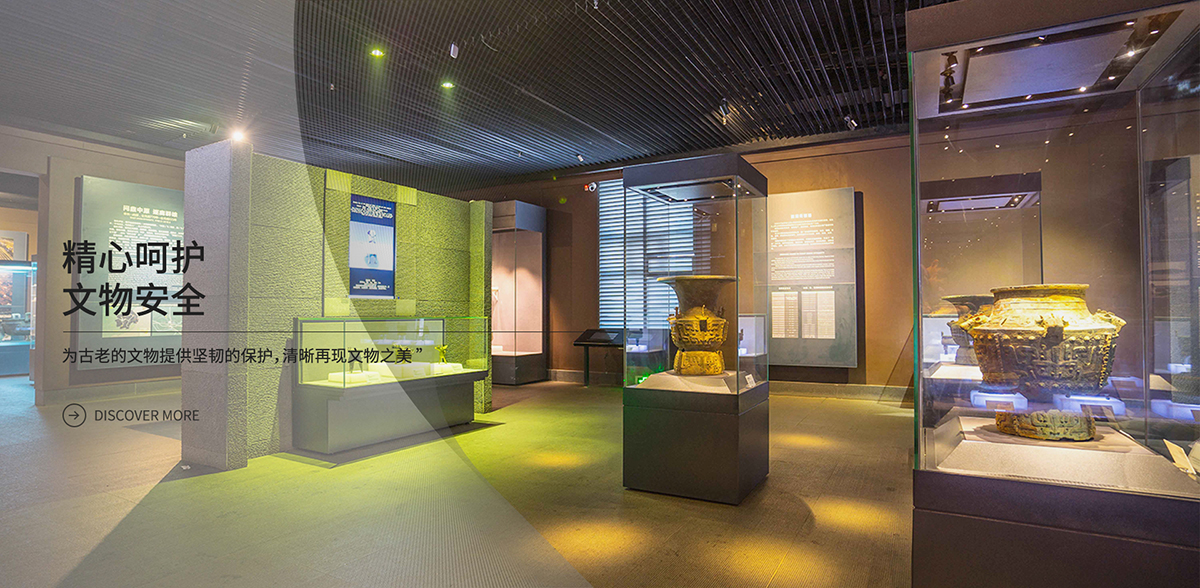AR coated low-transmittance heat-reflective glass application areas [Mystery] low-transmittance heat-reflective glass manufacturers explain! AR coated low-transmittance heat-reflective glass AR coated low-transmittance heat-reflective glass used in which areas, AR coated low-transmittance heat-reflective glass, low-transmittance heat-reflective glass is a kind of glass surface will be specially processed, low-transmittance heat-reflective glass with low reflectance compared with the ordinary glass.

AR-coated low-transmittance heat-reflective glass main application:
AR-coated low-transmittance heat-reflective glass is coated on the surface of ordinary low-transmittance heat-reflective glass, which improves the light transmittance of low-transmittance heat-reflective glass surfaces and realizes the easy-cleaning function. At the same time, it also extends the life of low-transmittance heat-reflective glass. AR-coated low-transmittance heat-reflective glass can be mainly used in solar cell modules, low-transmittance heat-reflective glass is used in the fields of photothermal, architectural, and automotive glass.
General LCD monitors and LCD TVs in front of the front without the addition of front low-transmission heat-reflective glass. The surface is easily scratched and damaged, and the viewing angle is small. These disadvantages will be overcome after adding an AR low-transmittance heat-reflective glass. Low-transmittance heat-reflective glass is mainly used for display protection screens such as LCD TVs, and PDP TVs, low-transmittance heat-reflective glass is used in laptop computers, desktop computer displays, high-grade instrument panels, touch screens, low-transmittance heat-reflective glass used in picture frames and other electronic products to improve transmittance and reduce reflectivity.
Ultra-white embossed low-transmittance heat-reflective glass is mainly used for solar thermal, photovoltaic conversion systems of monocrystalline silicon and polycrystalline silicon solar photovoltaic cell light panels, low-transmittance heat-reflective glass to make the electrode plate to fully absorb the sun's energy, low-transmittance heat-reflective glass to improve the photoelectric conversion efficiency of the silicon battery, low-transmittance heat-reflective glass must have the lowest possible reflectance, as high as possible the sunlight transmittance rate. According to the principle of diffuse reflection of low-transmittance heat-reflective glass, low-transmittance heat-reflective glass surface fluffing treatment to a certain extent reduces the reflectivity of the light, low-transmittance heat-reflective glass of its own low iron content formulations also significantly reduce the solar energy absorption rate. If on this basis and then plated with a layer of reduced reflection of the transmittance enhancement film, can make low-transmittance heat-reflective glass in a variety of angles of incidence conditions have a very high solar energy transmittance and prevent light pollution, low-transmittance heat-reflective glass to achieve a relatively high efficiency of solar energy conversion.

Low-transmittance heat-reflective glass is obtained after the surface of ordinary ultra-white low-transmittance heat-reflective glass is coated with a transmittance-enhancing film and then tempered. Low-transmittance heat-reflective glass can effectively reduce the solar energy reflection ratio of the glass surface, low-transmittance heat-reflective glass to improve the energy transmission rate, and low-transmittance heat-reflective glass to ultimately improve the power generation efficiency of solar cells. Low-transmittance heat-reflective glass is a new technology and product in the international market. Photovoltaic low-transmittance heat-reflective glass so that visible light transmittance increased by 2.5%, low-transmittance heat-reflective glass and thus can improve the conversion efficiency of crystalline silicon photovoltaic modules, low-transmittance heat-reflective glass applied to the 1% difference in conversion efficiency means that the cost difference of about 6-7%.






